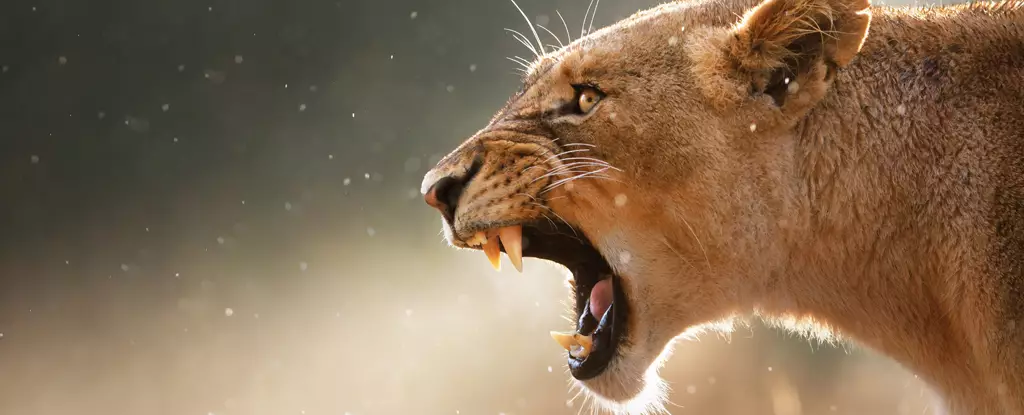When one thinks of apex predators on the African savannah, the lion typically springs to mind. Majestic yet terrifying, these social carnivores are often seen as the ultimate threat to the myriad of species that share their ecosystem. Armed with impressive strength, sharp claws, and an acute understanding of pack dynamics, lions undoubtedly possess the tools necessary to dominate their prey. As conservation biologist Michael Clinchy from Western University discusses, lions represent the largest group-hunting land predator. However, when studying the natural world through the eyes of the prey, it becomes apparent that a far greater threat lurks in the shadows—humans.
In a striking revelation from extensive research conducted in South Africa, a stark contrast emerged: a vast majority of wildlife exhibits significantly heightened fear in response to human presence compared to the fear induced by lions. Analyzing over 10,000 recordings from wildlife interactions, Clinchy and his associates discovered that 95 percent of the species observed reacted with greater urgency to the sounds of human activity.
The study, spearheaded by ecologist Liana Zanette, involved broadcasting various sounds to the wildlife including human conversations in local languages and the cacophony associated with hunting, such as barking dogs and gunshots. Notably, they incorporated the vocalizations of lions—snarls and growls—to make it possible to directly compare the levels of distress among animal subjects. The reactions were revealing; animals such as elephants, rhinos, and zebras demonstrated an overwhelming inclination to vacate waterholes when human voices were audible. Interestingly, they were less likely to abandon their posts with the growls of lions in the air.
Zanette recounted a specific incident during the study where an elephant, provoked by a recorded lion sound, charged toward the field equipment in an attempt to destroy it. This visceral response underscores the primal instincts driving these animals. Despite the lions’ reputation as fearsome hunters, the fact that the mere presence of humans directed such powerful fear reflects a different narrative: humans symbolize an existential threat that looms larger than any individual predator.
This innate fear of humans has far-reaching implications for wildlife populations. The study suggests that human activities trigger stress responses in various species, which could lead to significant population declines over time. Herbivores like giraffes and elephants are already grappling with dwindling numbers due to habitat loss and poaching, and the additional burden of persistent human-induced anxiety can further exacerbate these challenges. The specter of humans—marked by destruction and violence—creates an environment where survival becomes increasingly precarious.
The findings also challenge a long-held assumption in wildlife conservation: that animals habituate to human presence if left undisturbed. Clinchy’s research indicates that this notion is misguided. Instead, wildlife demonstrates a profound and ingrained fear of humans, one that persists despite efforts to reduce hunting pressures or create safe spaces for animals.
While the research highlights a sobering reality, it also opens a potential pathway for innovative conservation techniques. By deliberately utilizing human vocalizations, conservationists could protect vulnerable species such as the Southern white rhino from poachers. The idea conjoins the understanding of animal behavior with strategic conservation efforts, leaning into existing fears as a mechanism for protection.
Conservation psychologist Zanette encapsulates the critical takeaway: the pervasive nature of animals’ fear towards humans points not only to the direct threats of hunting and habitat destruction, but also to the broader implications of human presence and influence on the ecosystem. Humans, with their profound impact stemming from habitat degradation and climate change, contribute to an environment where the very specter of mankind becomes a cautionary signal to wildlife.
The findings from this research compel us to confront an uncomfortable truth: while we may be enamored with the majesty of lions and the grandeur of the natural world, our role as the apex predator reshapes the dynamics of life on Earth in profound ways. Through our environmental imprint, we have become the monsters lurking in the shadows of the savannah, manipulating fear across species. As we venture forward, a cohesive understanding of our biological impact will be crucial if we hope to forge a sustainable coexistence with the incredible wildlife that shares our planet. The balance is delicate, and the time to act is now.


Leave a Reply